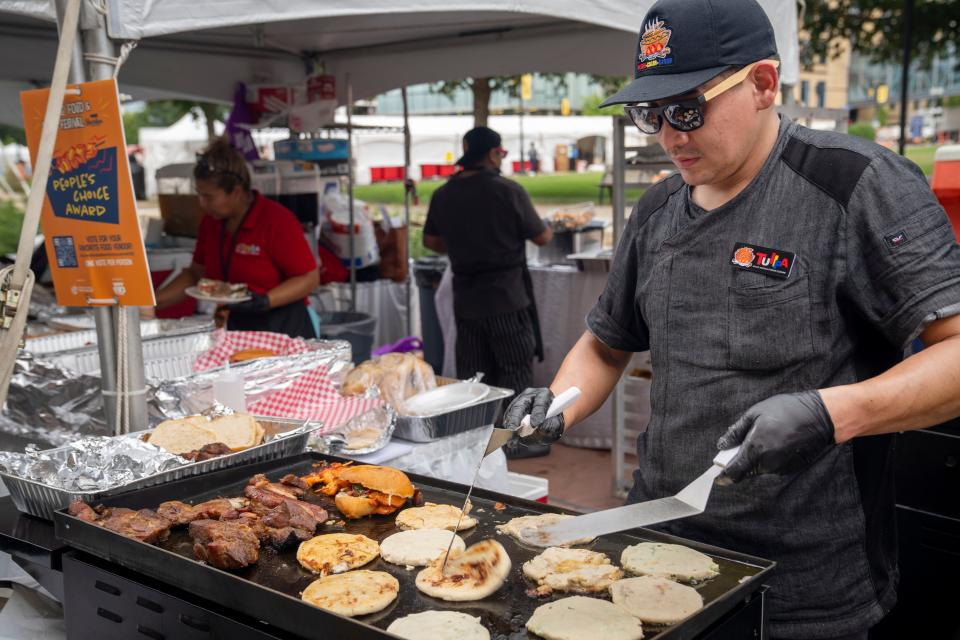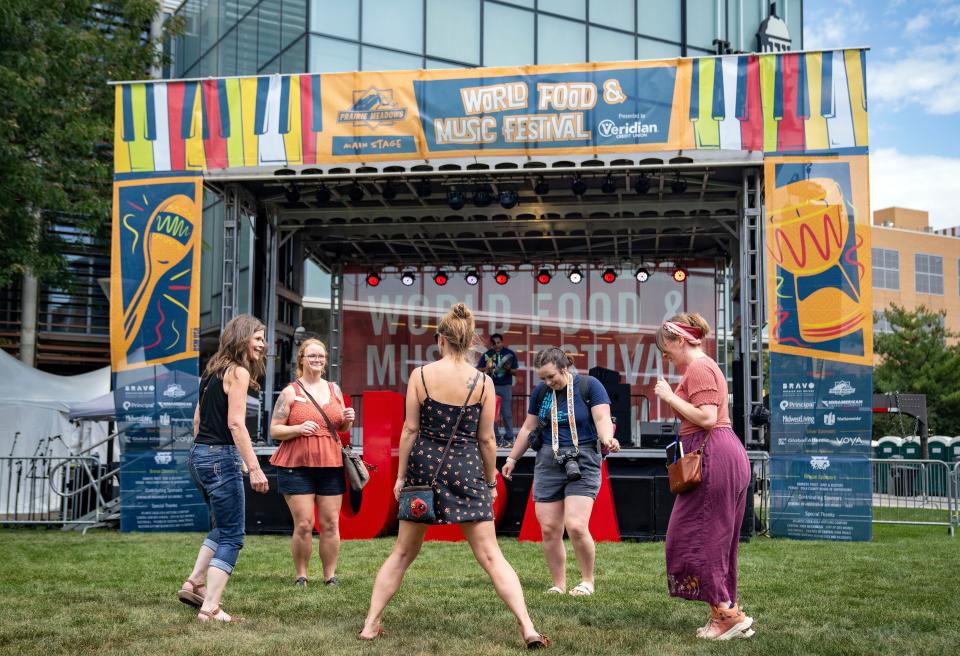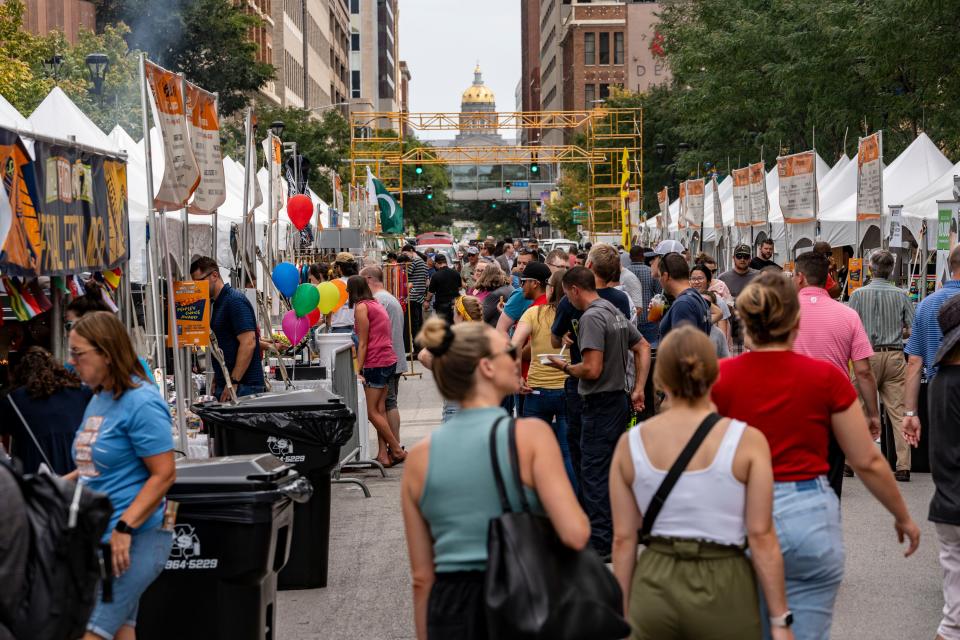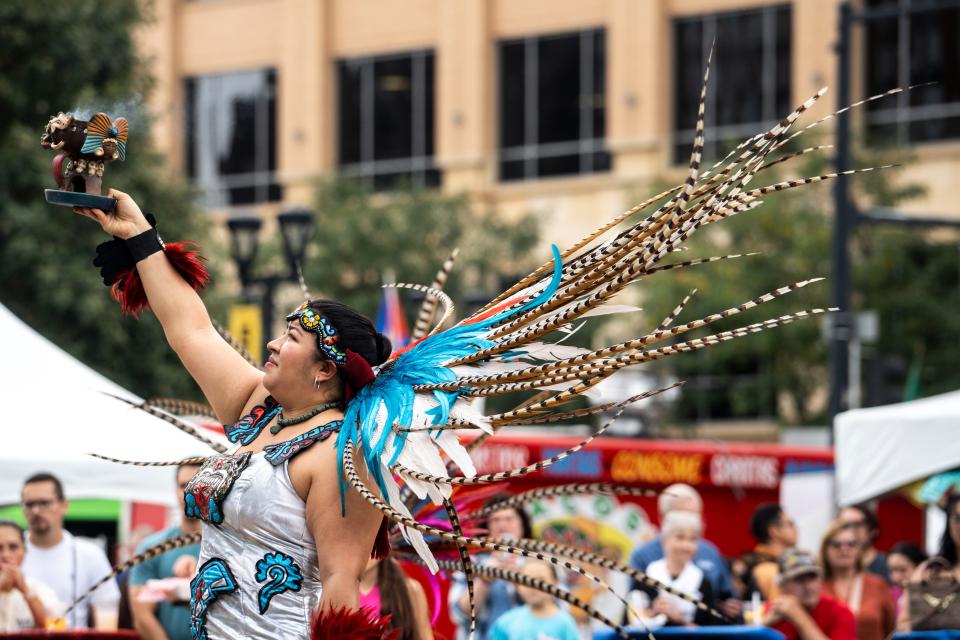Iowa is getting more diverse, U.S. Census data shows, but remains one of the whitest states
Iowa is growing steadily, if slowly, more diverse, data from the 2020 U.S. Census shows, and newly released data provides more insights into its makeup.
Iowa's diversity takes leap from 2010
Iowa's diversity index ― a measure of how likely it is that two people chosen at random in a population will be from different race and ethnic groups ― increased to 30.8% in 2020 from 21% 10 years earlier.
Despite increase, Iowa remains among least diverse states

Despite the increase in its diversity index, Iowa remained well below the nation's index, which was 61.1% in 2020 as compared to 54.9% in 2010. But the magnitude of Iowa's change ― nearly 10 percentage points ― was larger.
Iowa's overall ranking for diversity among the states and the District of Columbia didn't change, remaining 46th. The state with the highest diversity index in both decades was Hawaii, at 76% in 2020, compared to 75.1% in 2010.
Least diverse was Maine, at 18.5% in 2020, compared to 10.8% in 2010.

Buena Vista County leads Iowa in diversity
Iowa's most diverse county in both the 2020 and 2010 census counts was Buena Vista, home of Storm Lake, with a diversity index of 61% in 2020 and 48.4% in 2010. Woodbury County, home of Sioux City, pulled ahead of Crawford County as the second-most diverse in 2020. Their indexes were 49.9% and 49.7%, respectively.
Marshall County remained fourth and Polk County, home of Des Moines, the state's largest city, was fifth at 44%, up from 33.7% in 2010.
Davis and Wayne counties, on Iowa's southern tier, ranked among the nation's 20 least-diverse counties in 2020, with a diversity index of 8% apiece.

More: Iowa's Brenna Bird among 5 attorneys general warning law firms to end race-based hiring
Johnson and Story counties: Differing diversity trajectories
Johnson County, home of Iowa City and the University of Iowa, leapfrogged several counties in 2020 to take the sixth spot, with a diversity index of 42.3%, up from 30.2% in 2010.
Story County, home to Ames and Iowa State University, fell a spot to 14th in Iowa in 2020 from 13th in 2010. Its diversity index rose to 33.3% in 2020 from 24% 10 years earlier, but other counties had more dramatic increases.

White alone population shrinks
White alone, at 84.5%, was Iowa's largest racial group, down 3.1% from 2010. Among that group, new data shows the largest share of ancestry was German, at 17.1% of the total. English was second at 10.3%, reversing the order for the country as a whole.
Dallas County, Iowa's fastest-growing county, had the largest increase in white population from 2010 to 2020, at 36.7%. White population represented 83.6% of the total, slightly below the state average.
Only Maine, New Hampshire, Montana and Vermont had a larger share of white-only population than Iowa.
Figures for other racial and ethnic groups in Iowa
Iowa's second-largest racial group was Black alone, at 4.1%, up 48% from 2010. The largest ancestry group among Black Iowans was African American, at 44%. Second largest was Congolese, at 3.7%.
Calhoun County had the largest proportionate increase in Black population, at 590.9%, though at 2.7%, the Black population remains a small portion of the county's total.
Previously: Des Moines' population is changing. Here’s how growing diverse communities are transforming the city.
The largest ethnic group in Iowa, after European-descended white, was Hispanic, at 6.8%, up 42.5% from 2010. Hispanic people can be of any race. Mexican was the largest ancestry group among Hispanic Iowans, at 61.9%, followed by Guatemalan at 5%.
Kossuth County had the largest proportionate increase in Hispanic population from 2010 to 2020, at 180.5%
Third among racial groups was Asian alone at 2.8%, up 42.4% from 2010. The largest ancestry group was Asian Indian, at 19.5% of the total Asian population. The second-largest was Vietnamese, at 13.6%.
Dallas County had the largest proportionate increase among Iowa counties in Asian population from 2010 to 2020, at 201.4%. Asian is now the second-largest population group after white in sections of southeast Dallas County.
Fastest-growing category: People of two or more races
Also a significant group in Iowa, the fourth-largest racial category, was people of two or more races, at 4%, up 236.2% from 2010 ― the largest growth for any racial category in the state. The largest proportionate increase was in Clarke County, at 647.2%, though it's just 1.5% of the total population.
This article originally appeared on Des Moines Register: How much is diversity increasing in Iowa? New data shows the trends.

